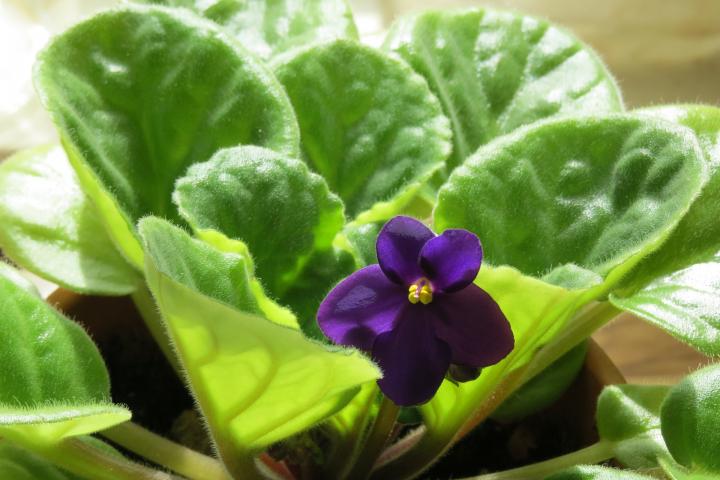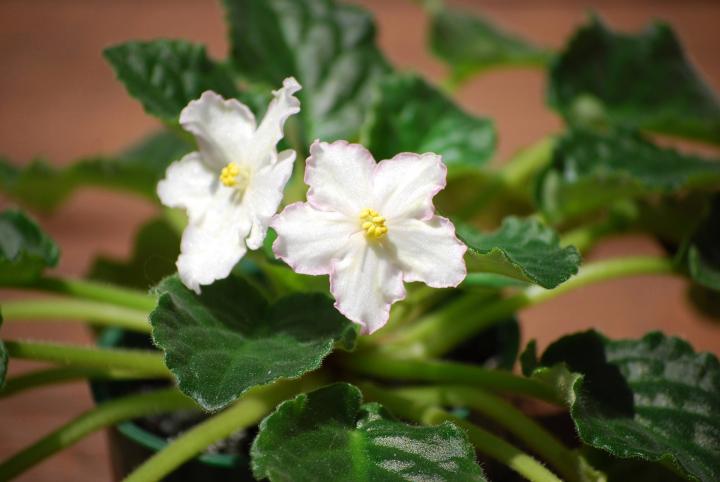
African Violets are delightful houseplants and will brighten up any room with their purple, pink, or white colors.
How to Care for African Violets
ADVERTISEMENT
Is there any way to save an overwatered african violet?
It depends on how far gone it seems to be. If the stem is fully rotted through, then it’s unlikely that it can recover. However, if only some of the roots have “root rot” due to moisture, you can trim off those bits and repot in fresh soil.
HELP!
I was given a beautiful Africian Violet plant and it was left in the car overnight, it looks very sad and the leaves are no longer a pretty color.
How can I save this plant?
Repot the plant in clean african viloet potting mix; water ; put in indirect sunlight;
My plant is almost 50 years old. From the original plant that I received from a friend, two off-shoots have grown in the same pot. It is a bit crowded, but they all seem healthy and bloom almost constantly. I have also started a couple of new plants from the "cut-leaf" system.











Comments